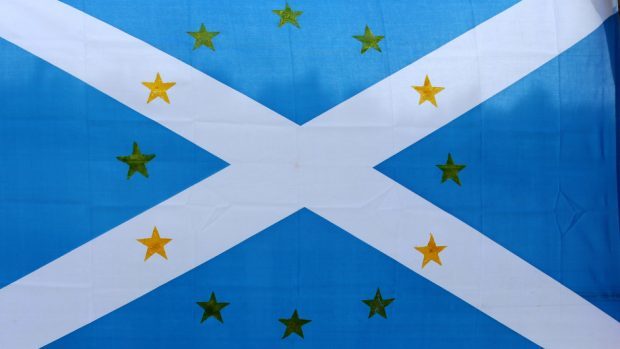For the Scottish Government, it was never about a veto.
When Lord Advocate James Wolffe QC intervened in the Brexit case, his argument was simple.
The fundamental laws of Scotland, he said, from the Claim of Right to the Acts of Union, supported the contention UK ministers couldn’t strip EU rights from citizens without parliament’s consent. Yesterday’s majority judgment vindicates this analysis.
This case was not about whether Brexit could or should happen, but the legal process which must be observed in disentangling the United Kingdom from the European Union.
Scottish MPs will now have the opportunity to scrutinise – and critically, to amend – the Brexit Bill Mrs May has been forced to bring before them.
For parliamentary opponents of the hardest of hard Brexits, the Supreme Court verdict lights a tiny candle of hope for a better, saner departure from the EU.
But Nicola Sturgeon’s lawyer also pressed the court to go further. The Scotland Act 2016 declared Holyrood permanent, and entrenched in law the constitutional principle that Westminster wouldn’t usurp Holyrood’s legislative authority, or change it, without the consent of MSPs.
These provisions, argued the Scottish Government, meant that Holyrood’s views must count for something on activating Article 50. They didn’t demand a veto: only that, in law, Holyrood must be consulted.
The Supreme Court rejected even this modest argument yesterday. In drafting the Scotland Act’s much-trumpeted “constitutional safeguards”, the UK government hedged. Mr Mundell’s act only “recognised” the principle, and indicated
Westminster “will not normally” run roughshod over Scottish concerns.
Theresa May’s lawyer put the implications of this language starkly. These are “self-denying ordinances” rather than rules of law which Westminster must observe. The court agreed. Its judges “are neither the parents nor the guardians of political conventions; they are merely observers.”
The court did not say that the prime minister and her ministers should not talk to Holyrood: only that judges will not force them to do so. These are controversies “determined within the political world” rather than the courtroom.
This judgment resolves the question of who has the legal power to get Brexit rolling.
It underscores that the constitutional protections in the Scotland Act are weasel words which aren’t worth the paper they are written on. But rivers of ink having been spilled, it resolves little else.
We’re left in the awkward situation in which we were dumped on the 24th June 2016: trying to track a safe course through the hard politics of Brexit in this unquiet and increasingly disunited Kingdom.










